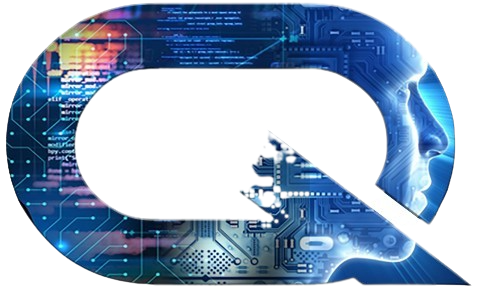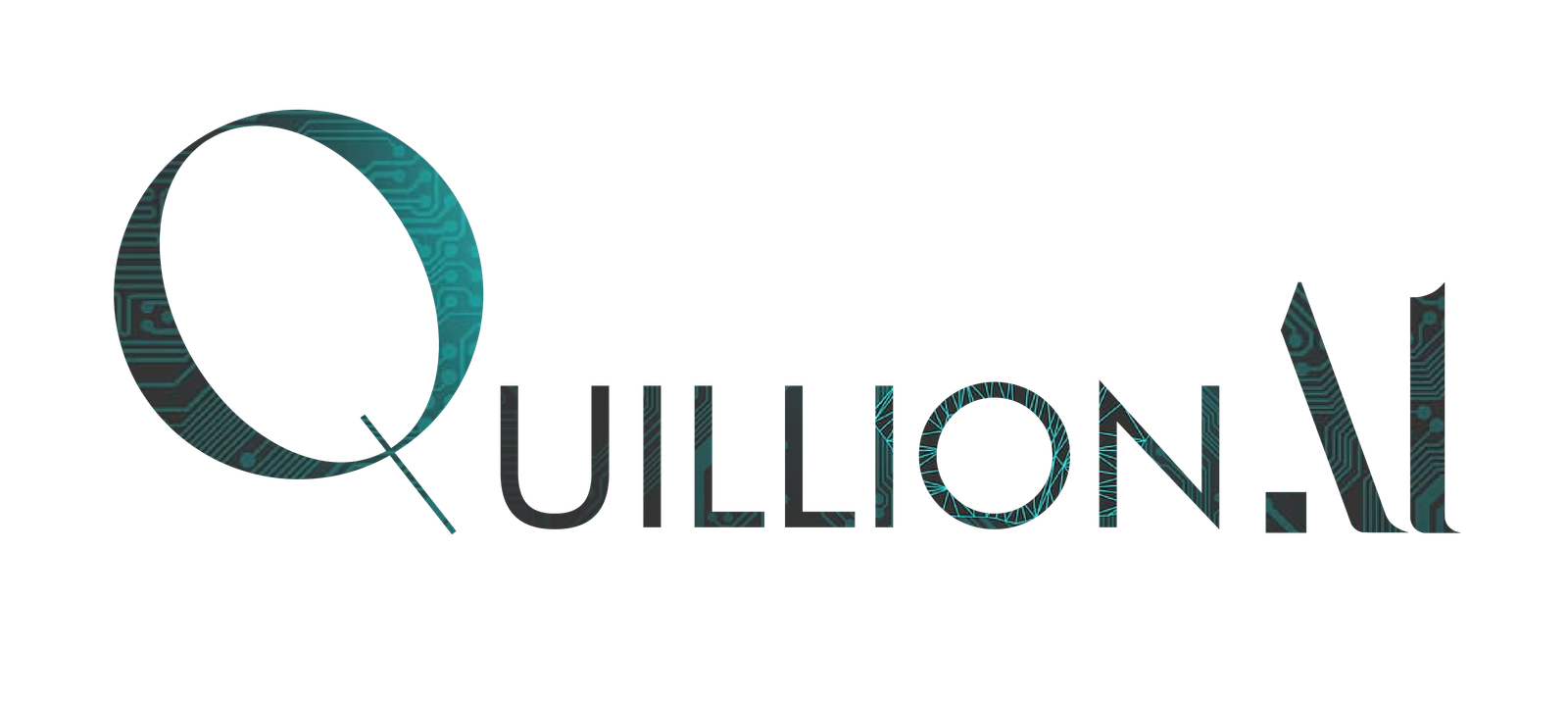The Internet of Things (IoT) has emerged as a transformative technology that is reshaping the way we interact with the world around us. In this article, we will delve into the depths of IoT, exploring its fundamental concepts, applications, challenges, and its promising future.
Understanding IoT at Its Core At its core, IoT refers to the network of interconnected physical objects or “things” that are embedded with sensors, software, and other technologies, enabling them to collect and exchange data with each other and with central systems over the internet. These objects can be anything from smart refrigerators and wearable devices to industrial machines and vehicles.
The Building Blocks of IoT IoT comprises several key components that work in harmony to create a seamless ecosystem:
- Sensors and Actuators: These are the eyes and hands of IoT. Sensors collect data from the physical world, while actuators enable devices to perform actions based on that data.
- Connectivity: IoT relies on a range of connectivity options, including Wi-Fi, cellular networks, Bluetooth, and even low-power options like LoRaWAN. The choice of connectivity depends on the specific use case.
- Data Processing and Analytics: Collected data is useless without analysis. IoT systems employ powerful analytics tools to make sense of the vast amounts of data generated.
- Cloud Computing: The cloud plays a pivotal role in IoT by providing scalable storage and processing capabilities for the immense data volumes generated by IoT devices.
IoT Applications Transforming Industries IoT is not limited to consumer gadgets; it has the potential to revolutionize various industries:
- Smart Cities: IoT can enhance urban living by optimizing traffic flow, managing waste, and improving energy efficiency.
- Healthcare: Wearable devices and remote monitoring solutions enable continuous health tracking, reducing hospital visits and improving patient care.
- Manufacturing: Smart factories leverage IoT for predictive maintenance, quality control, and process optimization.
- Agriculture: IoT-driven precision farming enhances crop yields through real-time data on soil conditions, weather, and crop health.
- Transportation: IoT-powered logistics and smart vehicles are making transportation safer and more efficient.
Security Concerns in IoT The proliferation of IoT devices brings forth significant security challenges. Many IoT devices have proven vulnerable to cyberattacks, leading to data breaches and privacy violations. As IoT devices often lack built-in security mechanisms, it is crucial to implement robust security measures at both the device and network levels. Encryption, authentication, and regular updates are critical to safeguarding IoT ecosystems.
The Future of IoT The future of IoT looks promising as it continues to evolve:
- 5G Integration: The rollout of 5G networks will provide faster, more reliable connectivity, enabling more data-intensive IoT applications.
- Edge Computing: Processing data at the edge (closer to the device) will reduce latency and improve real-time decision-making in IoT systems.
- AI and Machine Learning: Integrating AI and ML algorithms will enable IoT devices to learn and adapt, making them more intelligent and efficient.
- Blockchain: Blockchain technology can enhance the security and trustworthiness of IoT ecosystems by ensuring the integrity of data and transactions.
Conclusion: The Internet of Things is a transformative force with the potential to revolutionize industries, improve our quality of life, and drive innovation. However, its success depends on addressing security challenges and staying at the forefront of technological advancements. As IoT continues to evolve, it will undoubtedly shape the future in ways we can only begin to imagine. Embracing IoT today means being prepared for the exciting possibilities it holds for tomorrow.

